Store bought mushrooms have long been considered a kitchen staple for those interested in spicing up their home cooked meals with a nutritious addition – especially in Asian cultures. But today, Americans are only consuming about 2.79 pounds of mushrooms per capita annually.
Hint: that’s not very much.
As better and more widely available information about mushroom health benefits for fresh and medicinal mushrooms comes to fruition (no fruiting body pun intended), more and more Americans are considering adding fresh mushrooms to their weekly shopping list for health and wellness reasons.
What many don’t know is that there are so many more species of mushrooms to consider than just portobello and button mushrooms commonly found in the produce aisle.
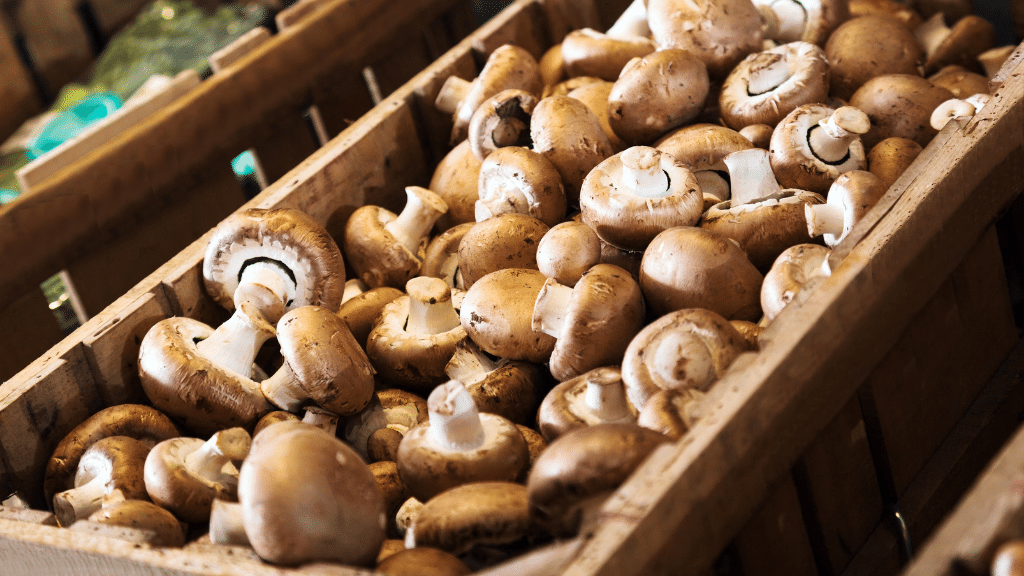
If you’re looking to dive a little deeper into the world of fresh mushrooms and add some more mushroom variety to your kitchen escapades, you’ve come to the right place. Today, we’ll be sharing where to buy fresh mushrooms near you, the most commonly found types in grocery stores, important tidbits about mushrooms to consider when purchasing, and tips on storage.
Let’s get started.
Where to buy fresh mushrooms near you
As we mentioned before, you can find high-quality mushrooms at your local chain grocery store, but there may be better places to look for them if you want the best, freshest, and highest quality mushrooms for your own and/or your family’s consumption.
We suggest looking for fresh mushrooms at:
1. Your local farmer’s markets
It seems that farmer's markets have been having *a moment* over the last few years as consumers become more aware of where their food is coming from and making purchasing decisions about where they want to source that food from. We are big fans of farmers' markets at Remeday for a few reasons:
- We love to support our local farmers,
- There’s a higher chance that the food is not treated with harmful ingredients to preserve it as it makes its way to your box store grocery aisles
- It’s fun to browse and meet your local growers
Want to find your closest farmers market? The USDA has a handy tool that we like to share.
2. Specialty or ethnic supermarkets
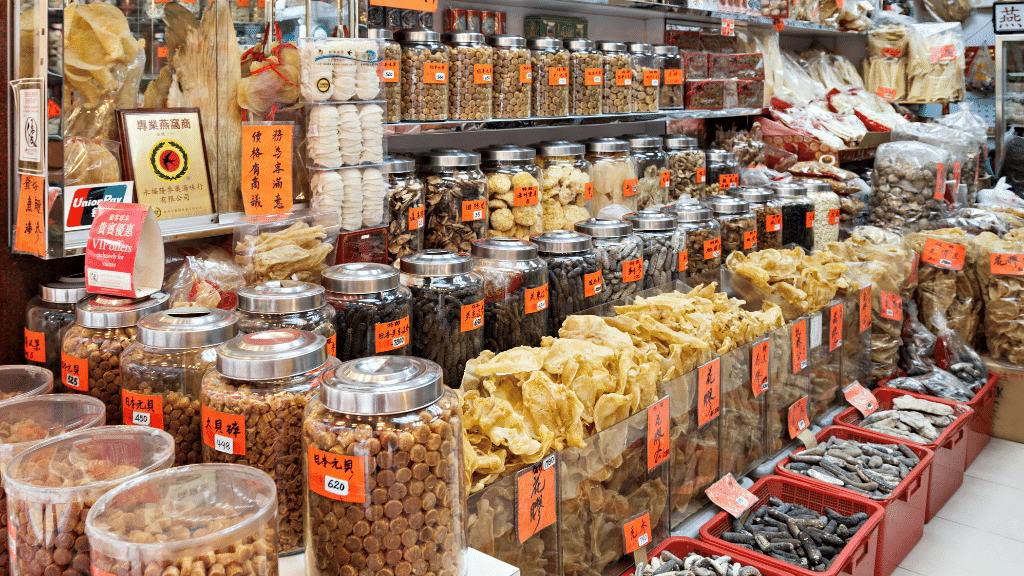
Since mushrooms are much (and we mean MUSH) more popular overseas, the chances of finding high quality mushrooms at your local specialty or ethnic supermarket are high. By purchasing from one of these markets, you can sometimes even find fresh or dried mushrooms in higher quantities so you can store them and use them for longer periods of time. Check out our blog post on how to dry mushrooms for more info on drying and storing fresh mushrooms.
Not sure where these types of markets might be located? Simply Google “ethnic OR specialty grocery store near me”, and some good results should pop up.
3. Gourmet mushroom farms
While they’re not as well known as some bigger farms, gourmet mushroom farms are located all over the country. More and more people are recognizing the value of fungi and opening specialty farms dedicated to growing these miraculous organisms.
Purchasing from gourmet mushroom farms will allow you to have your pick of the litter when it comes to mushroom types as many growers will not just focus on one mushroom species. It might take a bit of research, and potentially a bit of driving, to find one near you, but it’s worth it to see where your mushrooms come from and decide what you want to purchase.
Looking for a mushroom farmer near you? We've got you covered. Check out our nation-wide mushroom map here.
4. Your local chain store
Last but certainly not least, the most accessible option for all people looking to purchase more fresh mushrooms to add into their diet is your local chain grocery store.
While the options at these stores might be more limited than what we’ve listed above, it’s certainly not worth discounting how easily accessible fresh mushrooms can be to purchase at your local store - especially when farmers markets and specialty grocery stores are typically found in more urban or suburban areas, and gourmet mushroom farms are certainly not a dime a dozen.
When searching for what you want to buy and eat at your local chain store, we have some tips on what you should consider (scroll down a bit for those tips).
Before we get to that, let’s look at the most common fresh mushroom types you’ll find at stores or markets near you in the United States.
The most common mushrooms
As we shared before, you’ve likely come across some of the more popular mushroom species at your local grocer (think white button mushrooms or portobello mushrooms), but there are some other common mushroom types that are grown and sold in the United States that make a great kitchen staple.
The most common mushroom species are:
Button
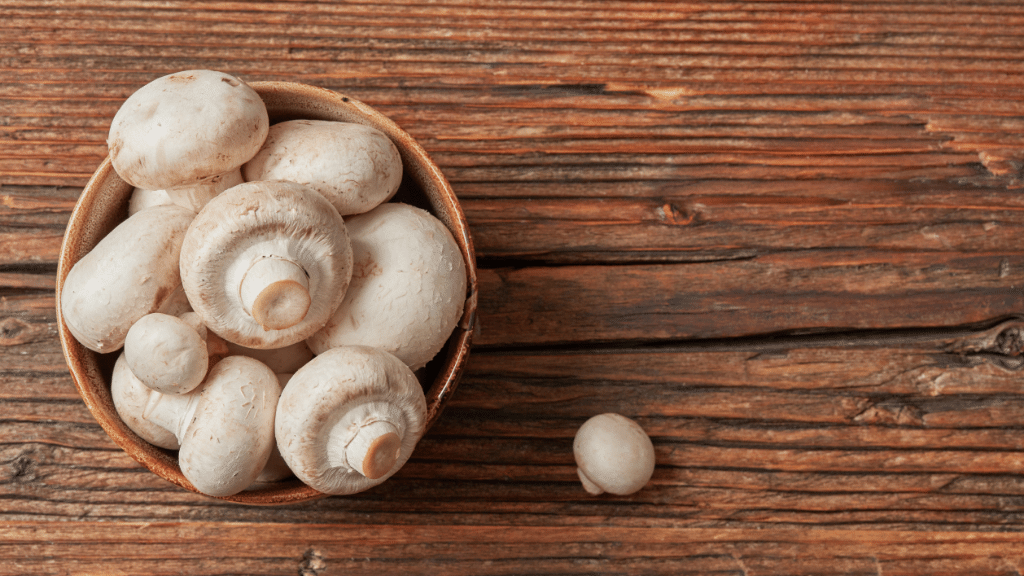
Button mushrooms are available just about everywhere and are truly awesome for any dish you can possibly think of adding mushrooms to. This mushroom is a natural source of vitamin D, helping keep your bones strong and your immune system functioning at full force. Did you know that button, cremini, and portobello mushrooms are really the same mushroom? Yep! They’re all part of the Agaricus family. Find out more about this popular medicinal and gourmet mushroom here.
Shiitake
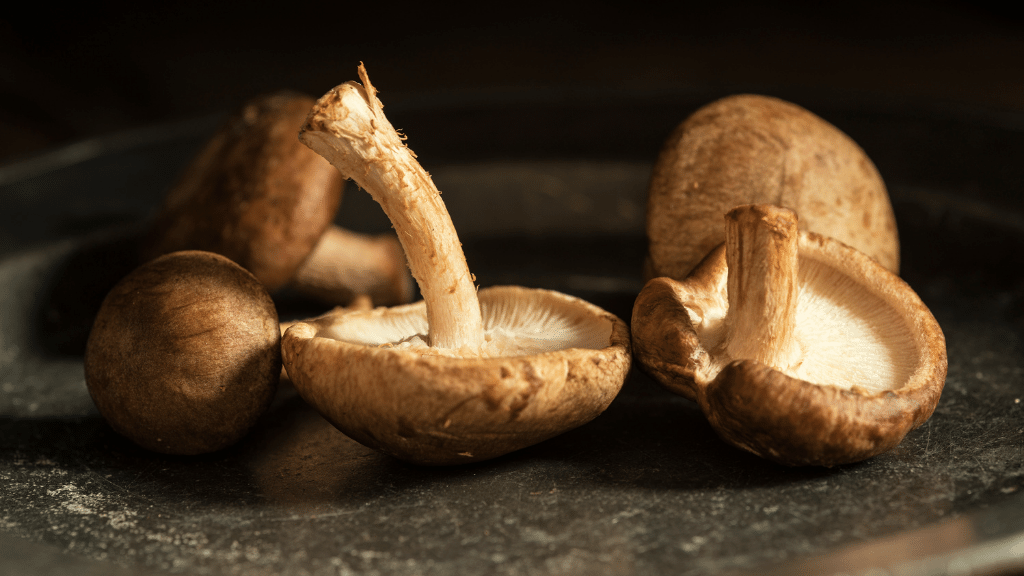
A pretty typical looking stem and cap mushroom, shiitake is a common grocery store produce section staple and is delicious in stir fries, soups, and more. It’s been used for centuries in Asian dishes, but also has many beneficial health qualities due to its makeup being high in lentanin, fiber, and eritadenine - all helping with immune boosting benefits and cancer support.
Porcini
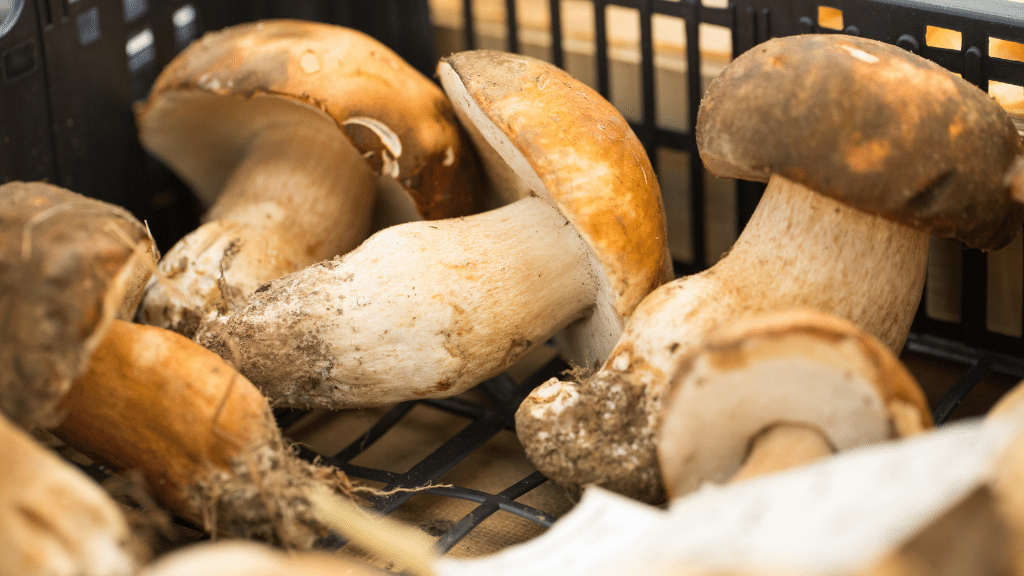
Porcini mushrooms are a popular gourmet mushroom and are cultivated in Europe, North America, and parts of Asia. They typically grow in forests at the base of pine or other types of fir trees. They are considered one of the more pricey gourmet mushrooms to purchase since they have risen to “fine cuisine” status and have a short growing season year-over-year. They make a great addition to broths, soups, and sauces because of their similar taste to shiitake.
Portobello
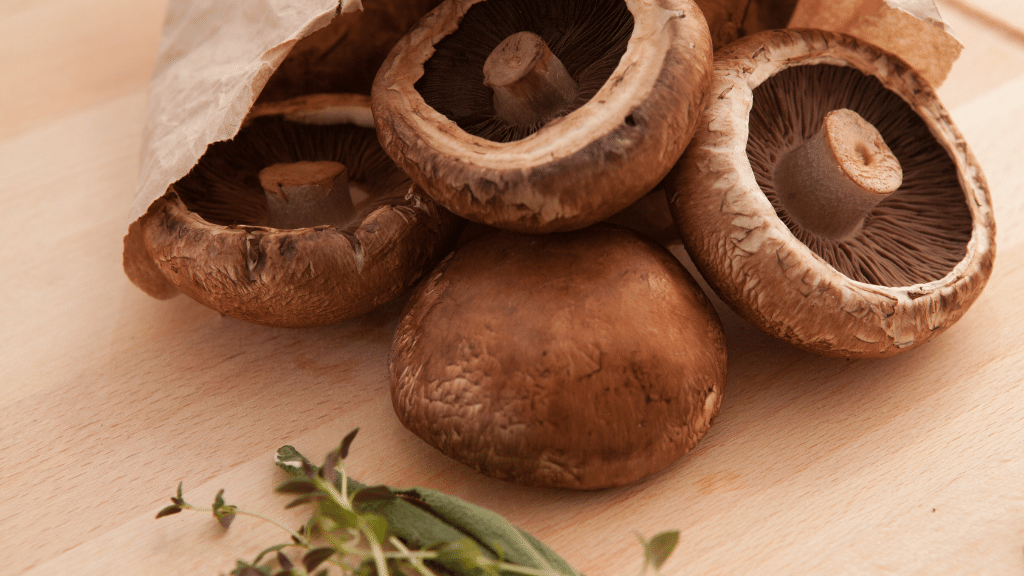
Mmmm, grilled portobello mushrooms are *chef’s kiss.* This popular, and we mean POPULAR, gourmet mushroom is also part of the Agaricus family (as mentioned above, it’s a more mature button mushroom) and is rich in flavor and texture. Because of portobello’s larger size, many vegans or vegetarians use it as a meat replacement on burgers. It’s delicious taste and meaty consistency make it a great cooking option.
Oyster
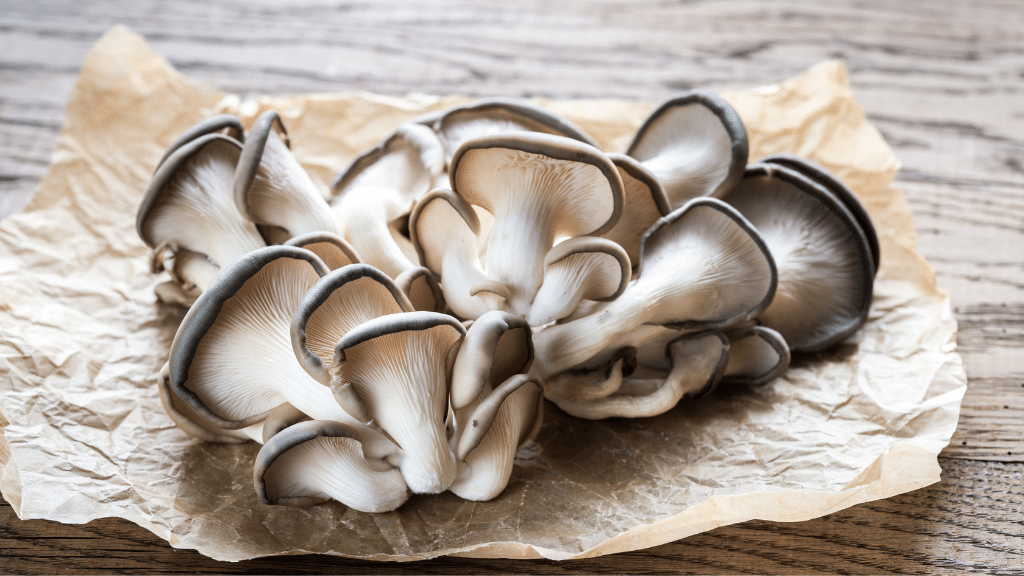
Oyster mushrooms are the third most commonly cultivated species in the world. Their high protein, fiber, beta-glucan, and mineral content make them a great medicinal mushroom choice. But they’re also great for cooking! If you want to grow them at home, you can easily find box grow kits for at-home oyster mushroom growth. Happy planting!
And then, we have wild mushrooms which are typically found in your backyard or in the woods, and are a great way to get some key nutrients into your body without sacrificing taste.
Some common fresh, wild mushroom species include:
Lion’s mane
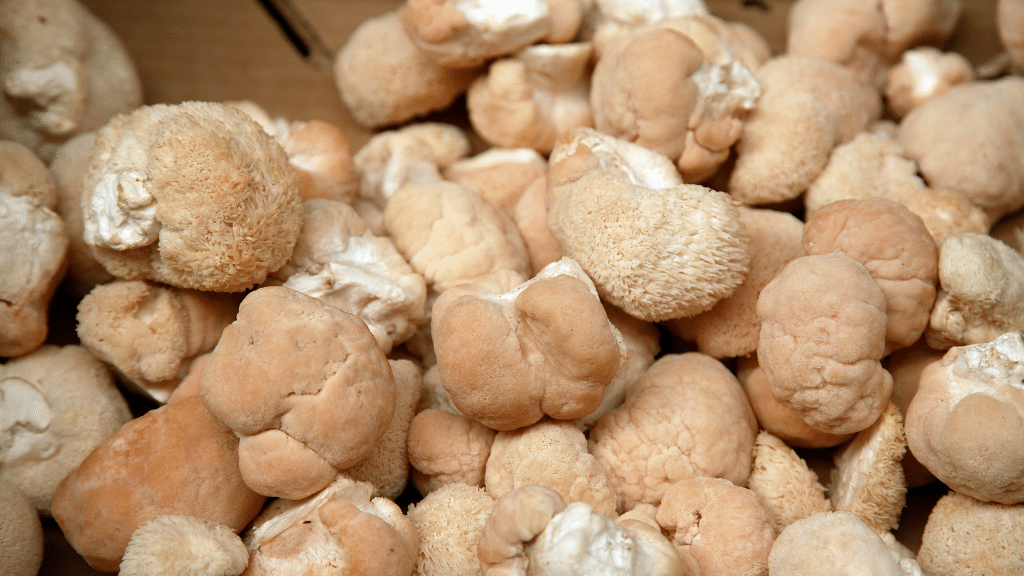
Lion’s mane is the multitasker of the mushroom world. This powerful mushroom packs a punch - it can improve memory, help the heart, ease injury, fortify the stomach… and add a little something-something to a soup or a broth, for good measure. It grows wild in North America, Europe, Asia, and Europe, making it a widely found wild fungus, but still wild nonetheless. Lean more about the health benefits of lion’s mane mushrooms here.
King trumpet
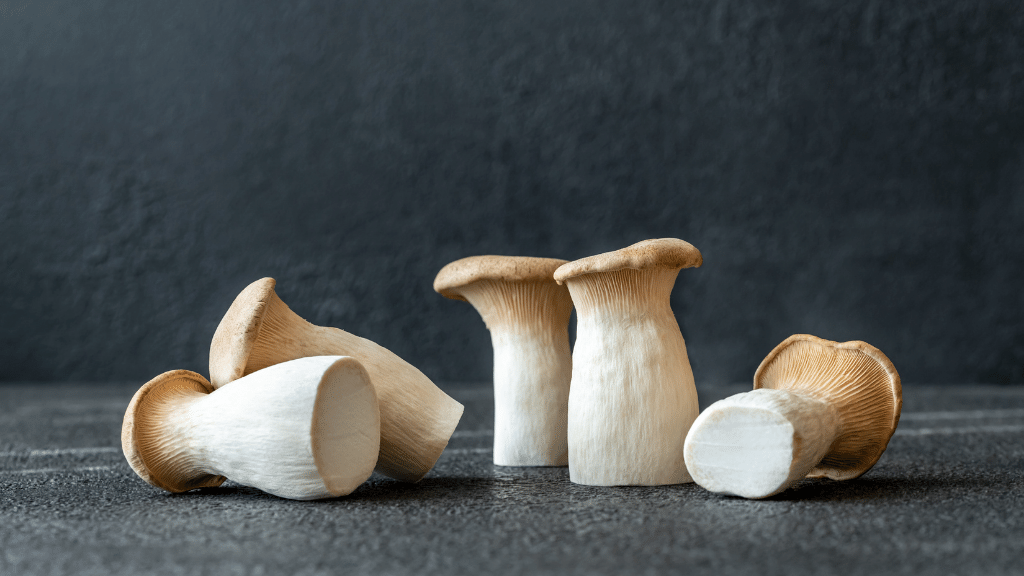
The king trumpet mushroom, also known as the “king oyster mushroom”, almost looks like it belongs in a cartoon. This wide stalked and small capped mushroom is rare, and can be found growing in parts of Europe and Asia. Its health benefits include treatment of certain cancers, antiviral activity, immune support, and more. Since it’s rarer to find it growing in the wild, this mushroom is considered a delicacy (plus, its super meaty stalk HAS to be delicious! Yum).
White & brown beech
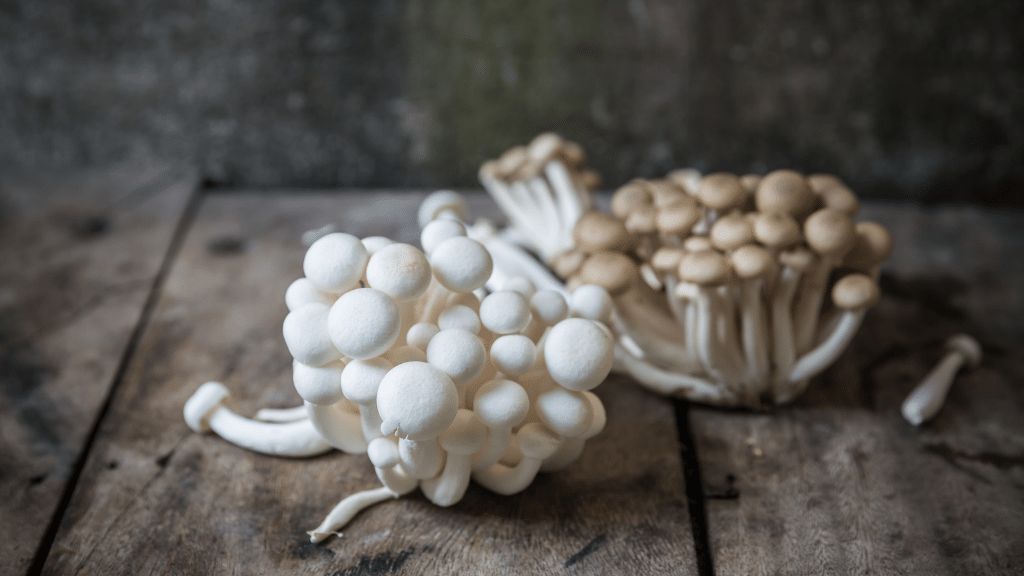
Beech mushrooms got their name from, you guessed it, growing on beech trees. White and brown beech mushrooms are a crunchy textured, mildly nutty flavored mushroom that is considered a delicacy around the world. It’s a wonderful addition to soups, stews, or broths, but is very bitter if not cooked.
Now that we have the common species we recommend looking for when searching for fresh mushrooms, let’s take a look at some tips for buying fresh mushrooms (e.g., texture, how to understand sourcing, sliminess, and more).
What to look for when buying fresh mushrooms:
When looking for fresh mushrooms at your choice of store or market, we have a few tips to make sure you’re getting the best bang for your buck and that the freshest of fresh mushrooms come home with you.
We recommend paying attention to:
1. Sourcing details
It’s important to know where your mushrooms came from. Are they from a local farm? Or are they internationally grown and transported here?
International mushrooms are certainly safe to eat, but you may want to examine them more closely for freshness as they’ve most certainly traveled a farther distance than from the farm down the street.
If you’re curious about growing and sourcing practices, a great place to start your education is by visiting your local gourmet mushroom farm or farmer’s market to talk about it with the grower there. We think they’ll be excited that you asked - this is their livelihood after all and it’s fun to share what they do and how they do it.
2. Darkened color
When looking at the mushrooms themselves, the texture, color, and state of the mushroom are important things to consider.
A darkened mushroom fruiting body color indicates the beginning of the rotting stage. If you see this, you might want to leave it be as it likely won’t stay good long enough to make it to your kitchen and into your stomach.
3. Dissolving pieces
Similar to color, if any bits of the mushroom start to dissolve, they’re likely on their way to degradation (rotting). Steer clear.
4. Sliminess
There is truly nothing worse than slimy vegetables, and the same goes for slimy mushrooms. A slimy mushroom usually indicates improper storage and means they may not last much longer. This is especially true for white and button mushrooms. Another steer clear moment.
5. Degradation and/or rotting
This might sound ironic since mushrooms are a fungus and many people associate fungus with rot, but mushrooms can in fact rot too. If the mushroom looks like it’s degrading or rotting, it is no longer safe or beneficial to eat.
Getting back to the slimy bullet point above, we have some quick tips on how to store your mushroom to maximize freshness…
Quick tips on storing fresh mushrooms
We get into this in mush, mush more depth in another blog post (check that out here), but some quick tips for storing your fresh mushrooms so they stay fresh as long as possible include:
- Use a brown paper bag - Using a brown paper bag and loosely closing it to store it in the fridge is the right way to go. Brown paper bags allow for just enough air to reach the mushrooms so they stay fresh as long as possible.
- Use the original container - If you don’t have a brown paper bag available, consider keeping the mushrooms in the original container they came in.
- Do not use plastic, air-tight bags - Mushrooms need to breathe, so it’s not recommended to use a plastic air-tight bag or an air-tight container in general. This will lead to the sliminess we mentioned earlier (ew) and may cause faster degradation.
We’re so thrilled that you’re considering adding more nutrient dense mushrooms into your daily meals - and we hope this blog post will serve as a resource to help you do just that. Want to learn more about fresh and medicinal mushrooms? Get in touch and visit our blog for more (and we mean, MUSH more) information.

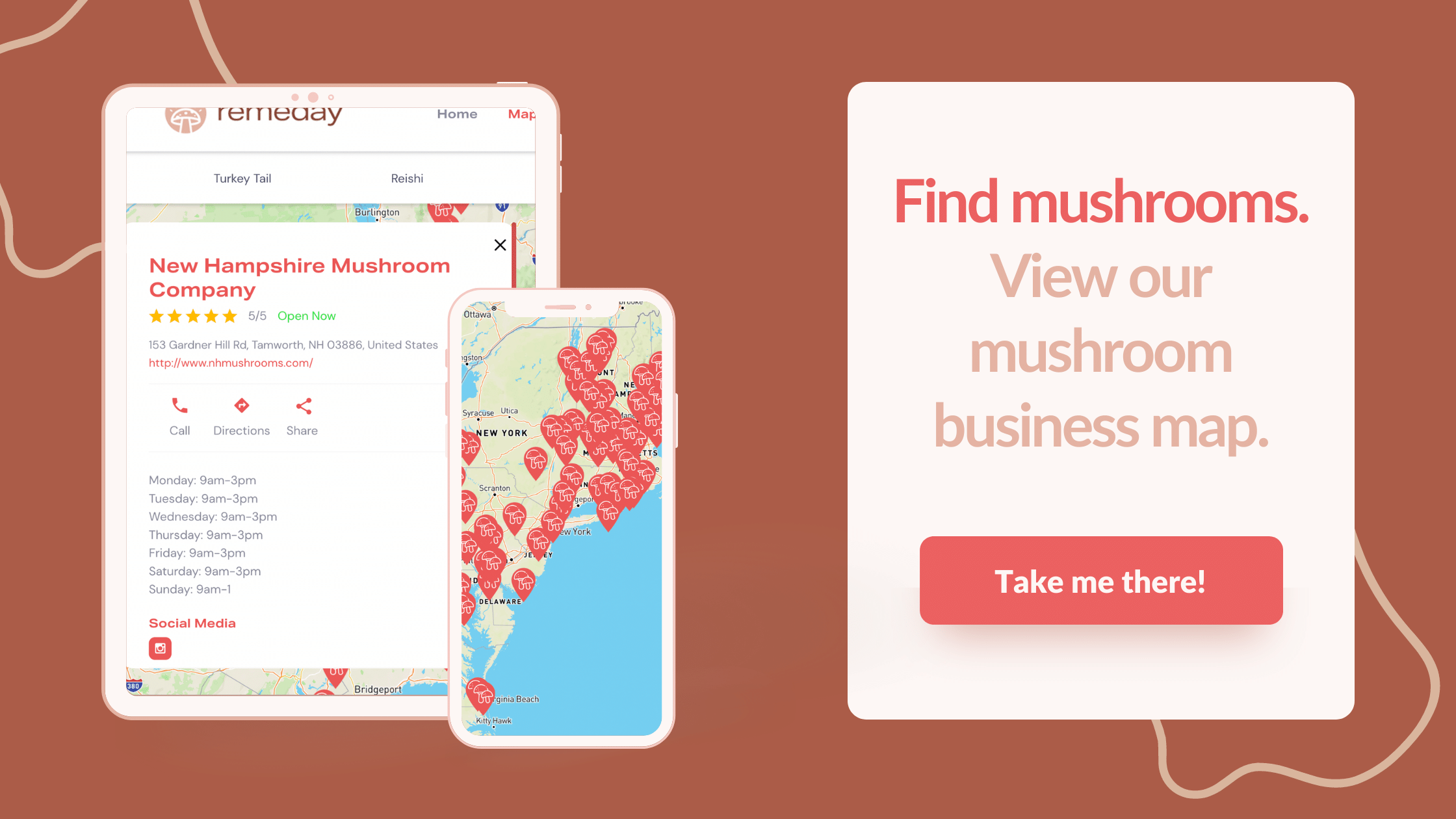
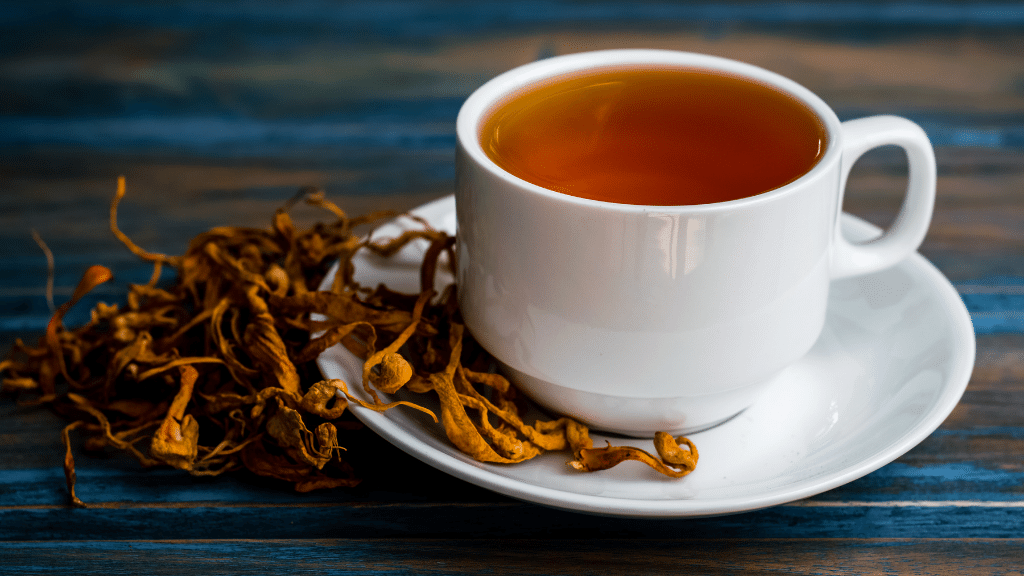



.png)
